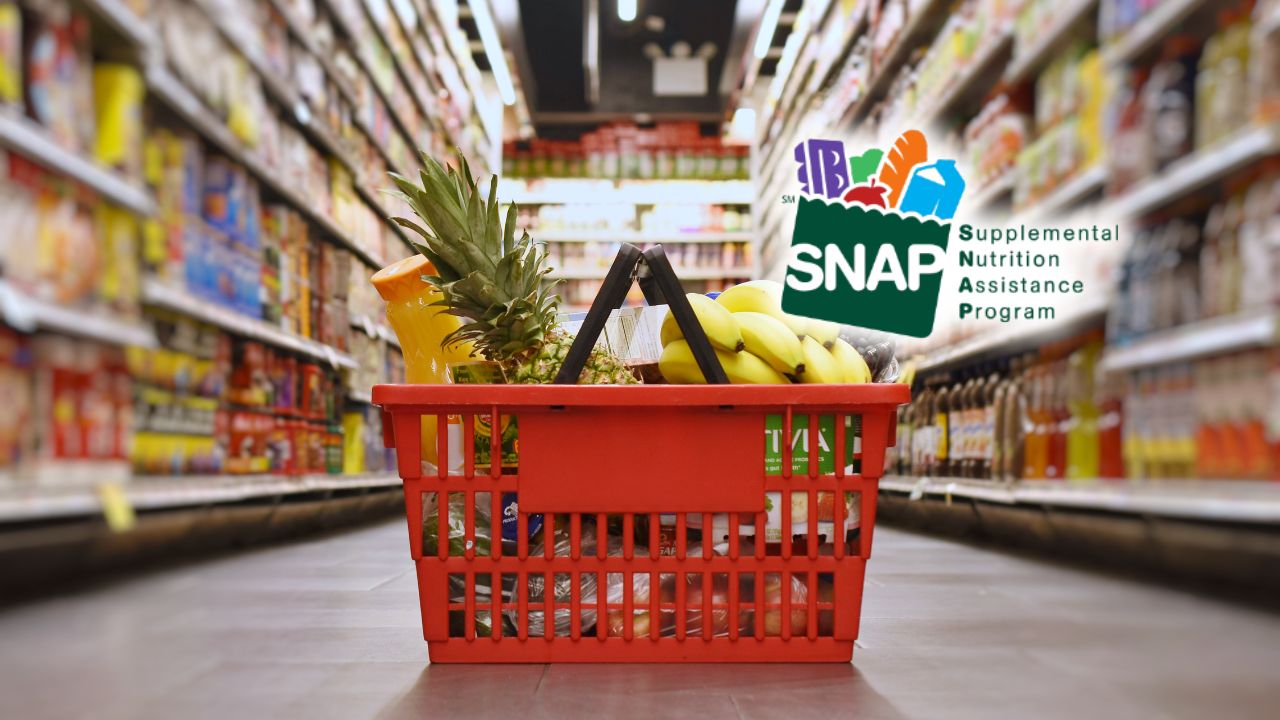The Supplemental Nutrition Assistance Program (SNAP), commonly referred to as Food Stamps, is one of the United States’ most important federal assistance programs. It plays a critical role in reducing hunger and improving nutrition among low-income individuals and families. Managed by the U.S. Department of Agriculture (USDA), SNAP provides monthly financial assistance to eligible households to help them purchase food. The funds are issued electronically through an EBT (Electronic Benefit Transfer) card, which works like a debit card and can be used at participating grocery stores, supermarkets, and select farmers’ markets.
SNAP is not just a safety net; it also promotes food security, supports local economies, and helps individuals on the path to self-sufficiency by allowing them to meet a basic human need: access to healthy, affordable food.
Understanding SNAP Eligibility Criteria
Eligibility for SNAP benefits is determined by a variety of factors. These criteria may vary slightly depending on the state, but federal guidelines set the foundation.
Income Limits
SNAP benefits are primarily intended for low-income households. Therefore, gross and net monthly income limits are a major factor in determining eligibility:
- Gross income is your household’s total income before any deductions.
- Net income is the income left after applying certain allowable deductions (such as for housing, childcare, or medical expenses for seniors and people with disabilities).
As a general rule, your household must have gross income below 130% of the Federal Poverty Level (FPL) and net income below 100% of the FPL. However, households that include elderly (age 60+) or disabled members may be eligible under slightly more flexible rules.
Resource Limits
SNAP also considers the resources (assets) you have, such as cash, money in bank accounts, and other property. Most households must have countable resources of $2,750 or less, while households with an elderly or disabled member may have up to $4,250.
Some resources are not counted toward this limit, including:
- Your home and the land it is on.
- Retirement and pension plans.
- Most personal property and vehicles (with some exceptions).
Work Requirements
For able-bodied adults without dependents (referred to as ABAWDs), there are special work-related eligibility conditions. These individuals must:
- Work at least 20 hours per week, or
- Participate in a work or training program, or
- Qualify for an exemption due to medical or caregiving reasons.
Failure to meet these requirements may limit benefits to 3 months within a 36-month period unless the individual complies.
Citizenship and Residency
SNAP benefits are available to:
- U.S. citizens
- Lawfully present immigrants who meet specific eligibility criteria.
Some immigrants must wait five years before becoming eligible unless they are:
- Children under age 18
- Refugees or asylees
- Veterans or active-duty military families
It’s important to note that even if the adult member of the family is ineligible due to immigration status, their U.S. citizen children may still qualify for SNAP.
How to Apply for SNAP Benefits
The application process is generally handled by each state’s SNAP office. Here’s a step-by-step overview of what to expect:
Step 1: Find Your State’s SNAP Office or Online Portal
Each state has its own website and application system for SNAP. You can:
- Apply online through your state’s portal.
- Visit a local SNAP office.
- Mail or fax a paper application.
- Some states offer phone applications for those with limited access to technology.
Step 2: Submit Application and Documentation
When applying, you’ll need to provide:
- Identification documents
- Proof of income (pay stubs, benefits letters)
- Proof of housing costs (rent receipts, utility bills)
- Household size and relationships
- Immigration or citizenship documentation (if applicable)
Step 3: Attend an Interview
After you submit your application, most states will schedule a phone or in-person interview. During this interview, a caseworker will review your information, ask additional questions, and clarify details.
Step 4: Receive Your EBT Card
If approved, you will receive your EBT card by mail. This card is preloaded with benefits each month and can be used like a debit card at participating locations. First-time applicants usually receive a decision within 30 days, and expedited processing within 7 days is possible for those in immediate need.
How SNAP Benefits Work
Monthly Issuance and Use
- Monthly benefits are loaded onto the EBT card on a schedule determined by your state.
- The card can be used to purchase eligible food items such as:
- Fruits and vegetables
- Meat, poultry, and fish
- Dairy products
- Bread and cereals
- Non-alcoholic beverages
- Seeds and plants to grow food
You cannot use SNAP benefits to purchase:
- Alcohol or tobacco
- Hot, ready-to-eat meals (in most cases)
- Pet food, vitamins, or non-food items (like soap or paper products)
Checking Balances and Transactions
You can track your EBT card balance by:
- Checking receipts from your last transaction.
- Calling your state’s EBT customer service line.
- Using your state’s mobile EBT app or website.
Unused benefits roll over to the next month but may expire if not used within a specific time period (usually one year).
Special Considerations for Different Groups
Seniors and People with Disabilities
SNAP offers special provisions for:
- Households with elderly members (60+)
- Individuals with permanent disabilities
They may qualify for:
- Higher income thresholds
- Medical expense deductions
- Access to programs like the Commodity Supplemental Food Program (CSFP) or Senior Farmers Market Nutrition Program
Children and Families
Families with children may receive:
- Free or reduced-price school meals
- WIC (Women, Infants, and Children) assistance
- Summer Food Service Program for school-aged children during vacations
Additional Support and Emergency Food Help
If you’re experiencing immediate food insecurity or waiting for SNAP approval, help is available:
- National Hunger Hotline: Call 1-866-3-HUNGRY or 1-877-8-HAMBRE for nearby food pantries and meal sites.
- Local Food Banks and Community Centers: Many offer groceries and meals at no cost.
- Religious Organizations and nonprofits often provide emergency food assistance and help with SNAP applications.
Benefits of SNAP for Society and Individuals
SNAP does more than just feed people. It has broad social and economic benefits:
- Reduces poverty and hunger, particularly in vulnerable populations.
- Stimulates local economies, as most benefits are spent quickly in local stores.
- Improves health outcomes by enabling access to balanced, nutritious food.
- Supports employment through work-related eligibility and training programs.
With over 40 million Americans relying on SNAP, it is a crucial pillar of the U.S. safety net system.
Staying Informed and Taking Action
SNAP is a lifeline for millions of individuals and families across the United States. Whether you’re a parent trying to provide for your children, a senior living on a fixed income, a student, or someone going through a financial hardship, SNAP is here to help.
If you think you may qualify, don’t hesitate to reach out to your state’s SNAP office, visit USA.gov/food-stamps, or call your local assistance center. With clear eligibility guidelines, multiple ways to apply, and a streamlined EBT system, accessing food assistance has never been more manageable or important.







